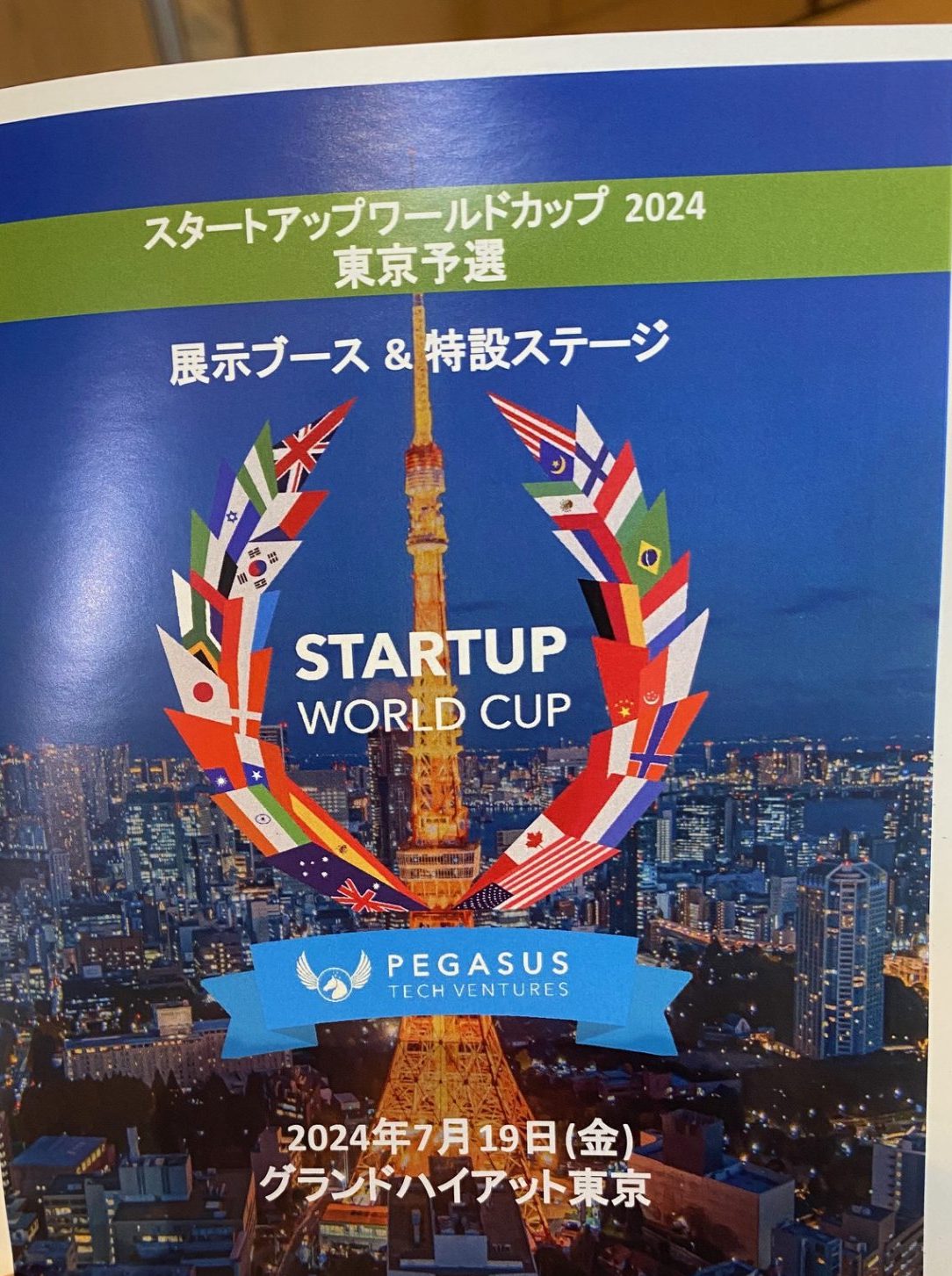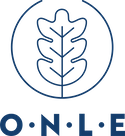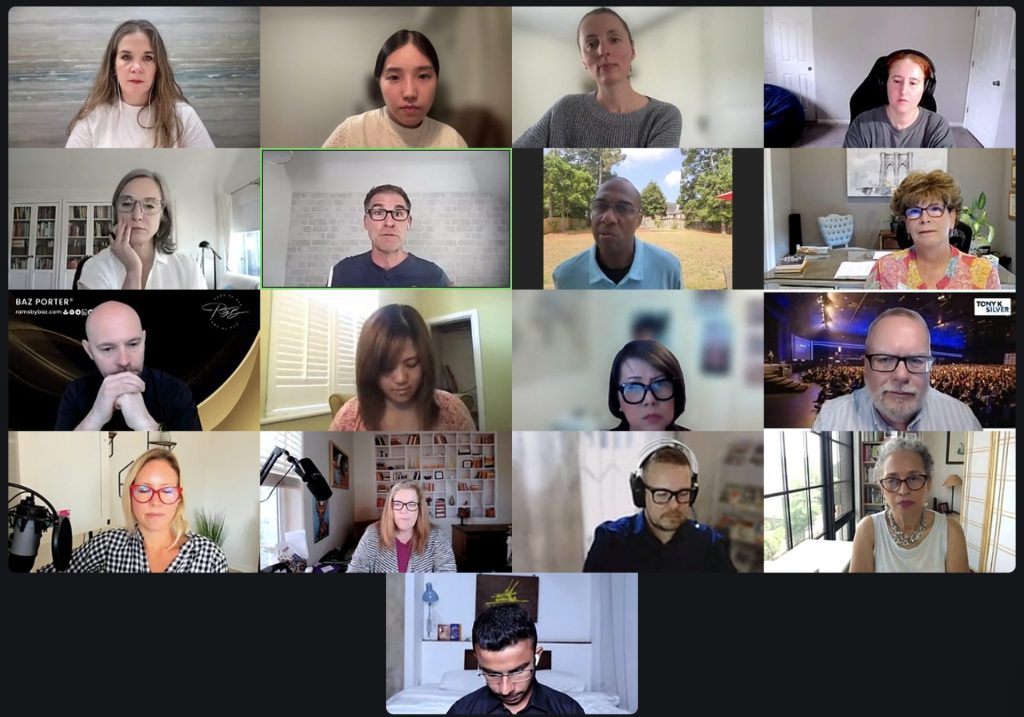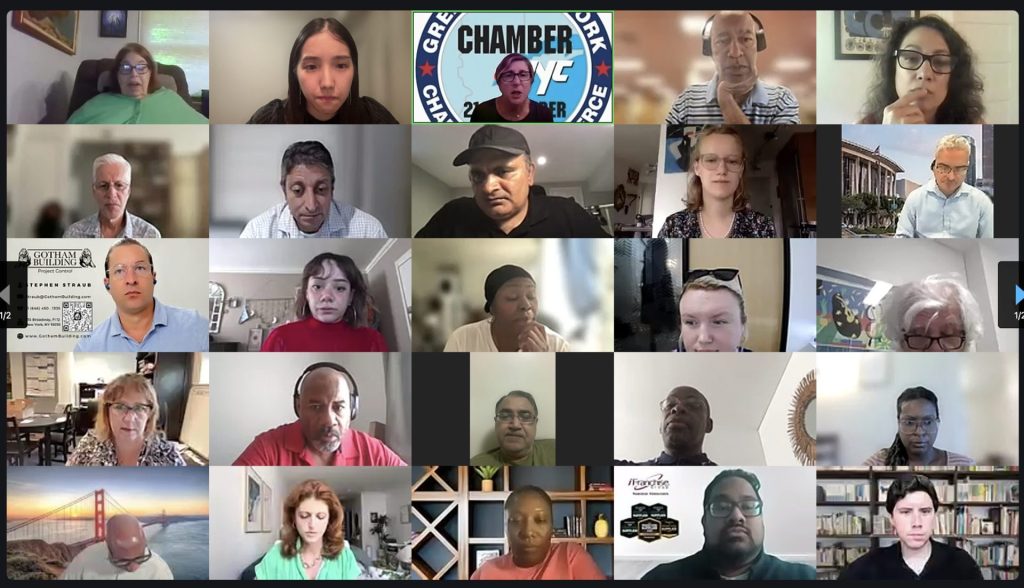You may know SASAL, INC as your strategy consulting firm, but do you actually know who is behind it? In this CEO Interview, discover more about who created SASAL INC, what its origins are, and what its goals are.
What is the meaning of the company’s name?

Actually, I don’t think anyone knows that, mostly if Japanese is not a language one understands, but SASAL comes from the Japanese term “sasaeru” (支える), which means “to support.” As a strategy consultant, my primary goal is always to support and assist my clients the best way I can with each problem they may encounter, so I named my company SASAL.
CEO Background
I was born in Miyazaki, Japan, and I have been interested in the global culture ever since I was young. My family was poor because my father built his corporation because of layoffs; however, his business didn’t work well. Therefore, there was not much of a learning environment, and sometimes I got hives throughout my examination season. Through this, I thought I did not want to put my future children through the same financial situation I had lived in after growing up. In conclusion, I am grateful to my parents for bringing me up to be a self-reliant person. After studying in Kumamoto, I started my university career at Hiroshima University after studying as a gap year student. During my time at the University, I had several part-time jobs and realized that even if I worked hard, I would not be able to get enough money. I need to manage my daily life with part-time fees because there is no allowance from my parents. Therefore, I had to earn money to cover my living expenses. Through this activity, I realized if I became a full-time job, I would not get much money. For this reason, while still a student, I decided to build my own company in the future.
For those reasons, I started my first career in a small corporation to acquire the skills of a small business, and then I moved to Accenture. Generally, in a consulting firm, transfer between departments is hard, but in my case, I didn’t apply overtime fees in my mind & worked harder; fortunately, I got an invitation, and I’m extending my career beyond the department. I tried IT consulting in this company and then transferred to Strategy Project. In the Strategy Project, I made a strategy proposal for each client through research and used the already established financial model to calculate the Future Value and Current Value of the corporation. Fortunately, I was able to work with the Managing Director of the Strategy department, which was really intelligent for me because they have a lot of knowledge. However, I felt there was no opportunity to expand my international career, so I left the corporation and built an incorporation in the US. I’m not an intelligent career, and sometimes more knowledgeable people deny me; I know already about that; however, I’m able to change the future by myself, and I have the toughness to learn. For me, everything is a continuous learning experience, and even if my title becomes CEO, that is just a title; I would like to keep working hard and never forget my attitude toward learning.
US CEO Mindset
The number of Japanese CEO in the United States is low. According to LinkedIn information, that rate is estimated at around 660. That is 0.0005% (US Japanese CEO / Japanese Population), including Japanese Americans. Therefore, the actual rate will be smaller. While Asians, including Japanese, comprise a significant portion of non-white CEOs in the U.S., they still represent a small fraction of the overall CEO population. In 2024, Asians accounted for 55% of non-white CEOs at Fortune 500 and S&P 500 companies. However, this includes individuals from various Asian backgrounds, not just Japanese.
As a pure Japanese person, I want to be a leading person in the United States market. I’m a native Japanese. I’ve never been abroad as an exchange student, and I’m not highly educated; however, if you have a goal, you can achieve it. I’ll continue to challenge the United States market as a businessperson.
After I started my business in the United States, the opportunity to talk with Americans will increase. Americans are very casual and kind compared with the Japanese; actually, in my understanding, Americans are able to share kindness naturally compared with the Japanese. They tell us their demand directly; therefore, I don’t need to waste time because of the ambiguous communication like Japanese. They always tell us their opinions directly. Therefore, I’m able to communicate with them with respect.
SASAL, INC Mindset
SASAL, INC. pays attention to the clear cost. Consulting firms generally decide that the cost depends on the current corporation’s situation and client budget. That is not formal, and in the worst case, they show the proposal, but that is past or so different region’s past case. But they didn’t show this to the client. SASAL, INC pays attention to the clear cost system and value to the client. Hence, SASAL shows the cost on our webpage for contracting the same cost to each client. When SASAL proposes the new proposal as a corporation to the corporation, we also pay attention to the proposal. SASAL shows this proposal to the client on the webpage by templating ahead for the clear cost system. Thank you.
SASAL, INC would like to be a real strategy consulting company. SASAL doesn’t need capital like investment corporations because it wants to grow its client corporation through honest support. SASAL, INC is not an investment company; however, our minds come from an investment company. To respect the direction of each corporation, SASAL would like to provide a strong strategy product that depends on each corporation’s phase to maximize synergy. SASAL’s strategy product is calculated in each corporation’s phase; therefore, when you can pay the money for the particular product, your corporation becomes bigger. If you share the capital with the Found, sometimes you must change the corporation’s direction for capital reasons. Some investment companies do not have much knowledge, but they pretend to be professional compared with the invested company because they have the money as a corporation. In that case, if the invested corporation gets the money from the investment after that, they need to teach the investor that it is a waste of time. In addition, as a strategy firm, they really lack the knowledge when the corporation tries new business. In that case, even if the corporation gets the investment from the fund, the invested corporation cannot handle the money, which means the plan will break. In that case, the only thing left is a lack of trust; to escape that, SASAL would like to give the true knowledge, which means the knowledge of the” power to make money.” As a true strategy consulting firm, SASAL operates with the mind of an investment company.
Also, SASAL’s Value Chain comes from software corporations. After the CEO operated the corporation, SASAL made contracts with Google and Microsoft. Microsoft’s customer service is excellent; the client can work with Microsoft employees for only $100. For the client only paying $100/month, we are able to get 24×7 support, which is excellent. That is realized because the client is already paying for strong Microsoft products instead of the human resource fee like consulting. Therefore, by providing a strong product, SASAL, INC would like to operate a strategy consulting firm like a software corporation. I know there is a hierarchy in consulting firms or other corporations; however, essentially, all people are equal because the value of humans will change because of the demand following the place.

FUTURE & GOALS
Unfortunately, the international presence of Asia is low. I wish to do business with Americans, so in the future, I would like to have more business relationships with Listing Corporations in the US (e.g., NYSE, Nasdaq). While operating my business, I figured that so many problems would last long until resolved. The main thing I realized was that each problem always comes from a human. Working with people from different backgrounds, cultures, and so on widened my perspective on my issues. It helped me find solutions in ways I would have never thought about if I had stayed focused solely on my ideas.
Letter for everyone
Now everyone knows SASAL is a small corporation. Every corporation started small. Therefore, I’m really interested in the future figures of SASAL, INC. Looking back, I can see the progress and everything I have built. In the future, I wish to grow even more, not only in terms of notoriety but humanly. I am looking forward to employing more people from various backgrounds and with common goals as mine, as well as developing more skills along the way. SASAL, INC is on its way to becoming something big. I can sense it, and I wish to thank those who trust it and who believe in this project. Our corporation wishes to help clients increase their own value. It is our mission.












